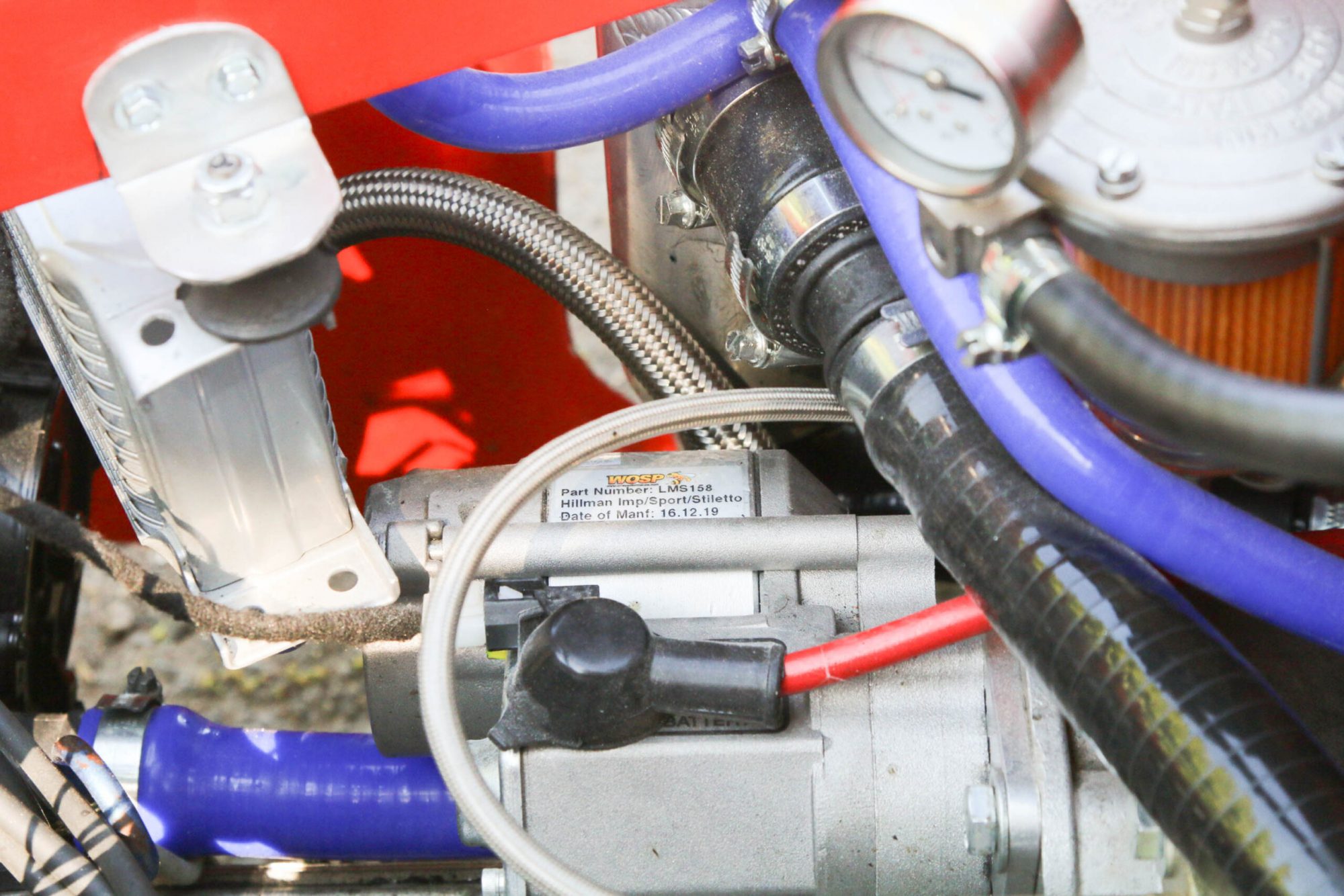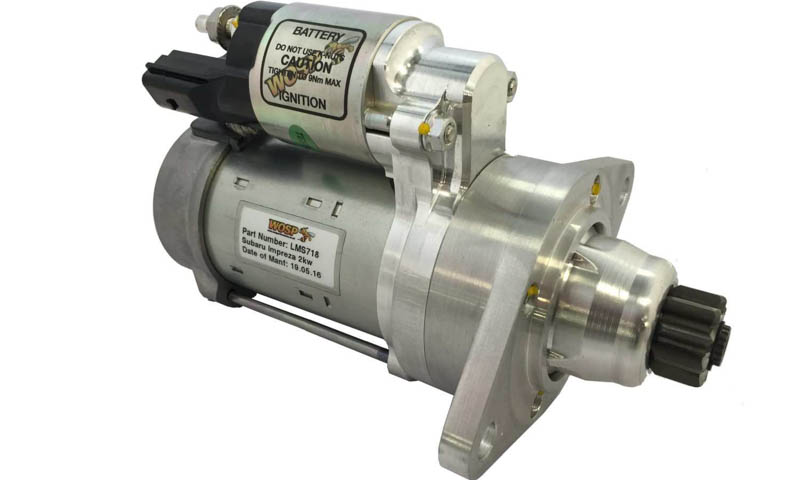WOSP High Torque Starter Motors for Classic Cars
WOSP starter motors turn your engine over faster and use less power, making starting your car a genuine flick of the key experience.
WOSP starter motors turn your engine over faster and use less power, making starting your car a genuine flick of the key experience.
When a vehicles starter motor begins to fail, it puts huge strain on the battery and other components in the starting circuit. Replacing your starter motor at the first signs of failure can save hundreds in repair bills. Upgrading to a WOSP unit, however, makes sense even if your starter motor is OK at the moment.
We love WOSP Starter Motors and every classic car owner can benefit from installing one. To see why we need to understand the differences between their units and traditional starter motors.
Every car registered before 1980 will have a direct drive starter motor. The motor armature and the Bendix drive, which engages the flywheel’s ring gear, are directly connected and are in-line with one another. As you twist the key, the bendix shoots out, engages with the flywheel and turns your engine over at the speed of the electric motor.
Direct drive starter motors are big, heavy and very power hungry. If your battery is in marginal condition, the likely hood is that your car won’t start.
Gear reduction starters use gears to reduce the speed of a smaller, more efficient, high-speed electric motor in order to provide more torque at the flywheel. Typically they use 50% less power, giving you twice the opportunity to start your car.



There is a huge range of different options so to make sure you have exactly the right information please fill out the following request form and we will be able to send you a bespoke quote. For a ball park, labour and wiring materials rarely goes beyond £250 + VAT.
With a couple of lifetimes experience in upgrading Classic Cars for todays roads Project Shop can help you understand how to wisely spend your money on upgrades that will make a real difference.
CALL – 01869 351 883